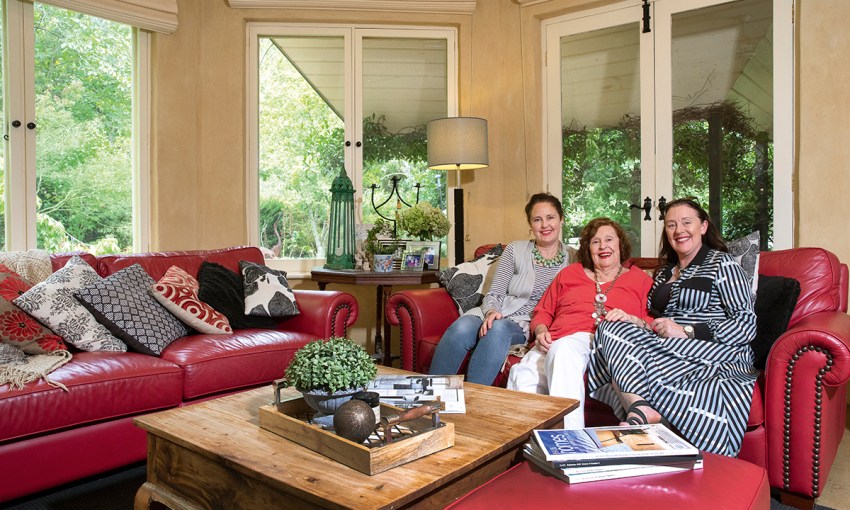After a lifetime of creating some of South Australia’s most recognisable homes, architect Pauline Hurren is passing on her gifts to her daughters.
Pauline Hurren: A life in glass and stone
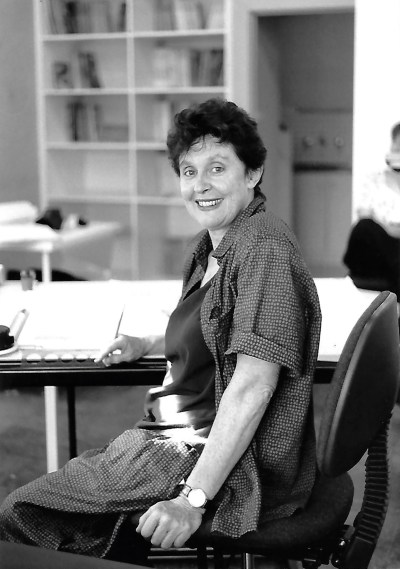
Growing up in Strathalbyn, Pauline Hurren, one of South Australia’s most treasured residential architects, was exposed to both the beauty of stone and the contrasting ugliness of some of the new housing developments in the area. She remembers thinking that she would like to do better than that.
She got her opportunity to practise when, at age seven, she fell out of a tree. The prescribed treatment was three years’ bed rest, leaving her with a permanent limp, but giving her plenty of time to create the perfect imaginary houses for her dolls. Pauline’s dream was that one day those dolls would be replaced with people.
However, her father had other plans. Pauline would either help him in his retail clothing store or marry a farmer, but, he told her, as he pounded the dining table, she would never be an architect.
Happily, Pauline has never done what she is “supposed” to do. She was the only female architecture student (at that time taught by the Engineering Faculty) at university. Upon graduation, the Institute of Engineers sent her a congratulatory note, while at the same time informing her that she shouldn’t bother to join the institute as there were no female toilets available.
Unphased, her love of conserving the precious heritage of a residence and its relationship with its environment has always set her apart, and put her in demand. She would become Adelaide’s first woman to have her own architectural practice.
In recognition of her achievements, in 2005, she was awarded the Sir James Irwin medal for Exemplary Services to Architecture. After 63 years in the profession, at age 85, she is still working, with no plans to retire. She can’t think of a single thing she’d prefer to do than design houses.
“We all have this vision of finding her one day, lying sprawled across her drawing board,” says Rosanna, Pauline’s eldest daughter, also an architect.
Fortunately, Pauline appears in robust health. She is full of enthusiasm for her current projects and is working collaboratively with two of her four children, Rosanna and her younger sister, Melissa, an interior designer, under the newly-named Hurren Architects.
“I’m delighted to be able to work with my daughters. There is this frank discussion we can have, which is hard to do with anyone else but family,” says Pauline.
Sharing their mother’s intense passion for architecture, as well as her no-nonsense approach, Rosanna and Melissa don’t hold back if they think their mother is wrong on an issue. Pauline doesn’t take it personally, in fact, she seeks the input. She admits that she can sometimes get carried away with excitement about a project and her initial thoughts are not always practical.
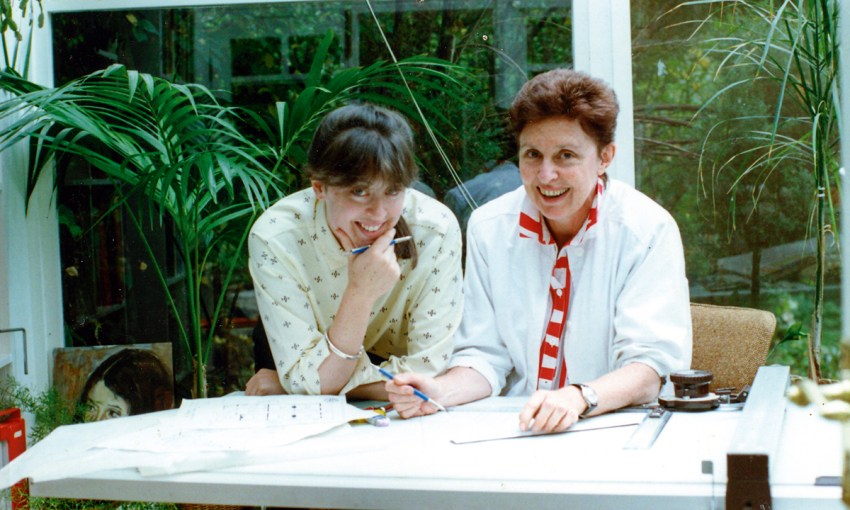
“That’s the benefit of having more than one pair of eyes; a design process should be a collaboration with someone else casting their eye over it and enhancing it,” says Melissa.
Disagreements are usually resolved quickly but the sisters choose their issues wisely.
“I never start an argument I can’t win,” says Rosanna.
One of the challenges of working with your mother is knowing when the conversation you are having is with Pauline your boss, or Pauline your mother.
“You have to be mindful about what you’re actually discussing. If I’m getting emotional about it, I step away and deal with it as a family discussion. I like to keep work logical,” Melissa says.
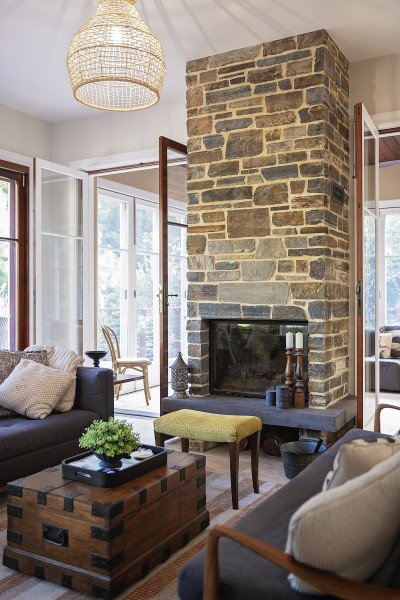
Mostly, the three are on the same page. They have a similar sense of humour and it can be cathartic to debrief, enjoying a laugh together. The Hurren women not only work together, they also live in close proximity to each other, along with Rosanna and Melissa’s siblings Tony and Amelia and their families, in the same tiny corner of leafy Crafers in which they were raised. Pauline and her late husband, Frank (who, helpfully, also had an architectural background) reared their family based on the concept that “it takes a village to raise a child”.
It worked so well that the second generation has embraced it too. For Pauline, family support was essential. Working in her own business while raising her four children meant that she needed a solid support system around her. Two sets of grandparents and a supportive husband provided that.
At a time when most women were expected to stay at home with their children, Pauline worked. It meant she was extra busy but she didn’t feel maternal guilt or wonder why she was doing so much juggling.
“I only ever thought, thank God I am!” she says.
Her drawing board was an escape from some of the monotony of child-rearing. When the children were young, Pauline liked to work until the early hours of the morning. Her children recall hearing the cake mixers going in the middle of the night while she worked. The next day it would be Frank who would step in and cook the children breakfast, getting them off to school.
“I have a memory of Frank standing at the stove cooking us poached eggs, holding up his pyjama pants with one hand because no-one had bothered to put in fresh elastic,” Rosanna laughs.
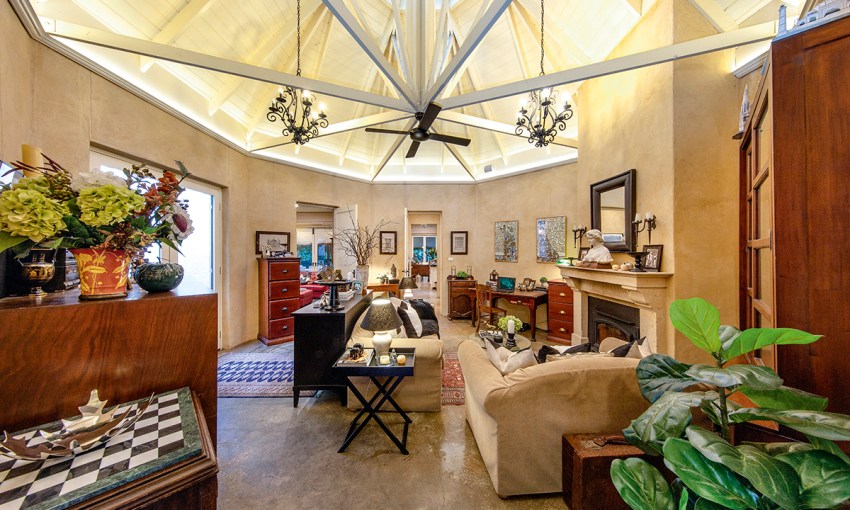
As the children grew older, the business became a family affair, the children often accompanying their mother on site visits. Rosanna recalls, the night before leaving for a family trip, all the children, including the then five-year-old Amelia, working through the night with their parents copying and collating documents for a client delivery the next day.
Rosanna and Melissa have both worked for their mother over the years before Hurren Architects was established 18 months ago. Now Rosanna handles all the interior architecture and the bulk of the site overseeing, while Melissa holds an administrative and social media advisory role in the firm.
The sisters have always deeply admired their mother’s work; Rosanna’s own octagonal-shaped house based on a French village, was designed by Pauline. They both hold the same view as their mother that a house should be respectful to its environment or, as in the case of a renovation, respectful to the residence, and that any extension should not be out of character with the original.
And of course, with a Hurren design, lots of stone and glass.
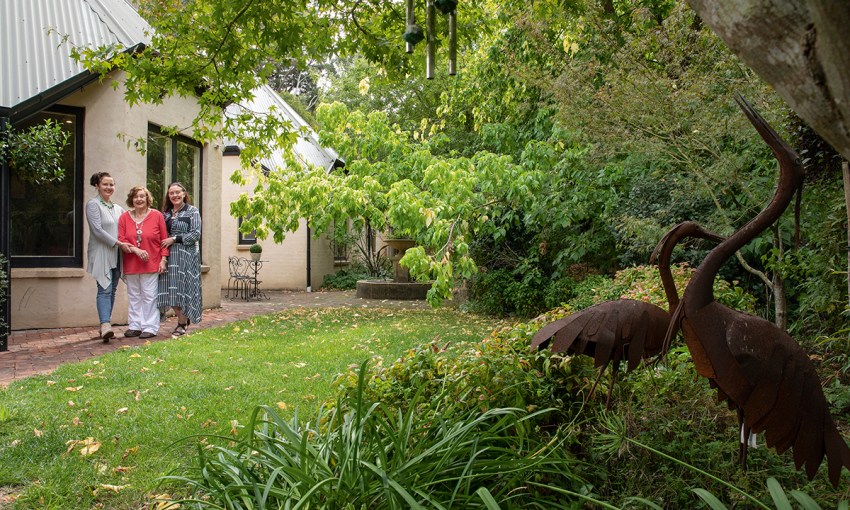
For those who have been lucky enough to enjoy a Hurren-designed home, their appreciation is deep. One client phones Pauline regularly just to let her know how much she loves her house.
Although retirement is not an option for Pauline, she knows that, one day, that decision is likely to be forced on her.
“I love what I do. The only stress I get from work is…”
Melissa interrupts her mother:
“…that you want to keep doing it!” she laughs.
But Pauline feels a deep sense of comfort that her daughters will continue to produce beautiful work, holding fast to her philosophy of what makes good design long after she has gone.
This story first appeared in the June 2020 issue of SALIFE magazine.
including free delivery to your door.



